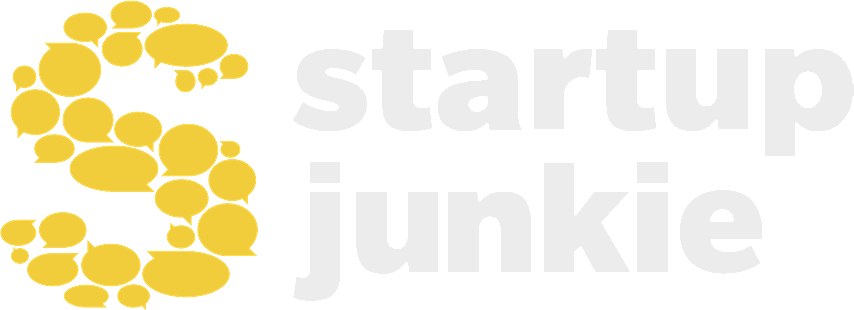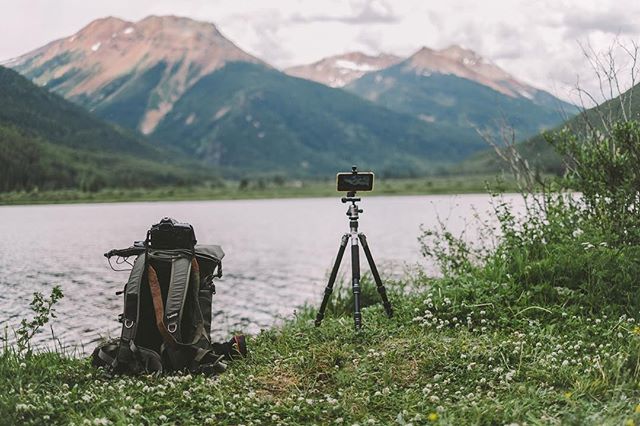Andrew Gibbs-Dabney, an authentic outdoor enthusiast, founded LIVSN to create a clothing line that promotes and inspires the active lifestyle. Through much preparation and the combination of a deep passion for the outdoors and commitment to quality, he is set to launch his outdoor apparel line later this year! He gives us an inside scoop for what we can expect from the company as they get ready to start production.
What is LIVSN?
-
LIVSN is an outdoor apparel brand focused on creating durable outdoor clothing for people who value experiences more than stuff. Our products are designed with versatility, durability, and sustainability at the forefront, with the ultimate goal of making pieces that allow us to own less.
What inspired you to create this brand?
-
The motivation to create the brand you see today stems from a long-term effort to simplify my life and create space for new experiences. This de-cluttering started in my closet, which had become a stockpile of way too much stuff. I knew a lot of the principles on which I would create and run a company given the chance, and when the name crystallized, I outlined the whole thing. I had been sketching clothing designs for a long time, but this time I went about the process with the goal of designing my ideal version of the pieces I wore the most. I started with a long sleeve shirt, moved on to a pair of pants, and the rest followed. At the moment, we have around a dozen items either completed or in development.
How will LIVSN incorporate sustainability from the start?
-
One of our core beliefs is that the best thing we can do to ease environmental damage is to consume less. It sounds obvious, and it is, but that doesn’t make it easy. Think “Reduce, reuse, recycle.” There’s a reason “reduce” is first in line. So, our way of being sustainable from the start is to design our clothing to last as long as possible. We’re doing this by choosing durable fabrics, reinforcing common failure points, and using a classic, clean style without flashy details so you won’t get tired of your jacket or pants after one season.
-
Our plans don’t stop there, however. We’re offering a repair and replacement program for all of our products, with an emphasis on repair. We want our customers to take pride in repairing a busted seam instead of throwing out the garment. While we weren’t able to source recycled and organic for all of our initial fabrics, we are able to move to more environmentally friendly options as we scale. From an operations standpoint, we’re utilizing shared space in an existing warehouse instead of using the resources to build our own and we’re using recycled paper and plastic in all of our packaging. Finally, we’ve put environmental sustainability as a core value, and something to be weighed in all future decision-making.
What is the “Direct-to-Consumer” model and why did you choose it?
-
Basically, direct-to-consumer means that we’re not selling through traditional retail stores and instead opting to sell our products exclusively on our own website, crowdfunding platforms like Kickstarter, and eventually through our own brick and mortar stores. This gives a few serious benefits to us as a startup, and advantages to our customers as well.
-
Most importantly to our customers, we’re able to lower the retail price of our products. We can’t “half” it like some brands advertise, which is unsustainable over the long term, but we are able to able to make a meaningful reduction by lowering the margin added over cost. We can do this because we’re only supporting one business with each sale, and not two (and often three if sold through a distributor). Another benefit is that we’re able to release our products on a schedule that aligns with the season and buying patterns. Financing product development to sell wholesale, long before the products are ever sold to the end consumer, is very expensive and adds a lot of time, complexity, and sometimes frustration to the process. The last major plus is that we’re able to have a very intimate relationship with our customers. We know who bought what, when, and how to contact them for feedback. We’re banking on that feedback to refine our product selection as seasons go by.
-
I feel it’s important to say that I don’t think traditional retail is dead. On the contrary, in the outdoor industry in particular, I think specialty retailers are part of the lifeblood and core of the outdoor community. At the best stores, people come in for everything from a new jacket to information on the nearest climbing routes. Community revolves around these physical locations, and I don’t think that can be replaced. Our long-term plan doesn’t ignore the need for these stores to have products, but we’re content to operate outside the system until we can work on retail 2.0 together.
You’ve come a long way since you launched the company. What has been the most rewarding moment to date?
-
The response from our early fans has been truly incredible and humbling. There are people who have read every blog post I’ve written about the company and our views on sustainability and corporate responsibility. Seeing real people offering passionate support to us based only on our ideals gives me such a great feeling moving forward. I feel confident in our products, but knowing the brand is resonating on its own is motivating. We’re really trying our hardest to cut through the marketing onslaught around us by being honest, humble, and offering a good product. It seems people appreciate it and that makes us even more resolved to be a good company for them.
Sarah Van Doorn
Sarah is a Content Strategist at Startup Junkie. Currently a senior at the University of Arkansas, she’s studying Journalism with an emphasis in Advertising and Public Relations. Sarah assists in content creation through writing client feature stories and managing the promotion of the Startup Junkies Podcast. In her free time, she enjoys reading, writing and playing Mario Kart.



